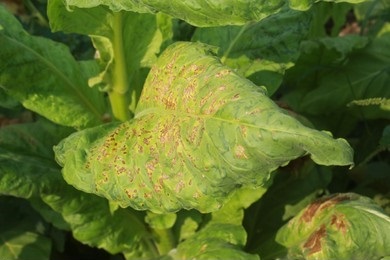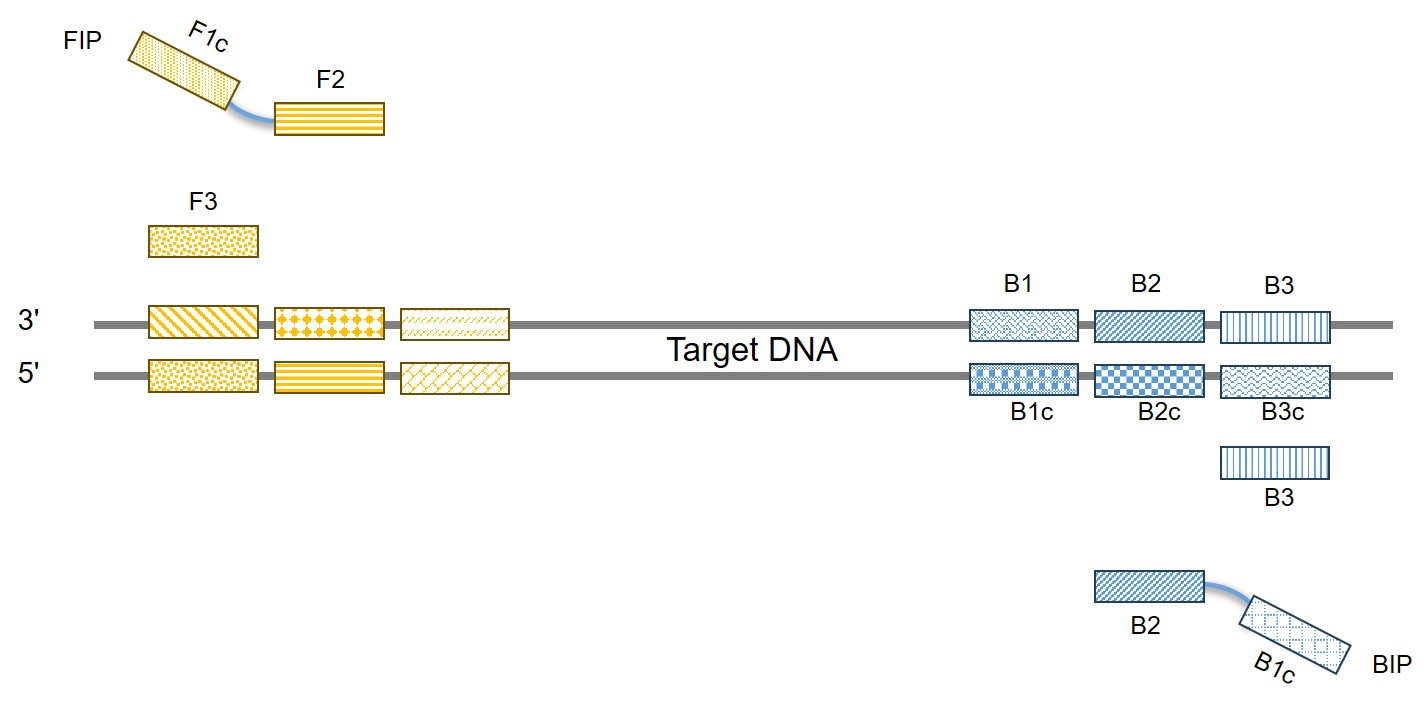Loop-mediated isothermal amplification (LAMP), as an isothermal nucleic acid amplification technology, can rapidly complete the amplification of nucleic acids by only holding at a constant temperature for a few minutes. Lifeasible has established a highly efficient, rapid, and accurate method of detecting plant pathogens using LAMP, which can detect viruses, bacteria, parasites, and fungi.

In LAMP reaction, primer design is complicated, the key to determining whether the LAMP method can have a high efficiency and specific response lies in the rational design of the primer; only the best primer can produce a chain substitution reaction with Bst polymerase. Therefore, we will design primers with high specificity for the 6 regions of the target genes according to your needs, including the internal primers FIP (F1c, F2) and BIP (B1c, B2) and the external primers F3 and B3. After the reaction is finished, we will determine the results by agarose gel electrophoresis, turbidimetry, fluorescence colorimetric assay, and fluorescence real-time quantitative assay.
 Figure 1. The schematic diagram of LAMP primers.
Figure 1. The schematic diagram of LAMP primers.
|
|

Lifeasible also constantly updates the categories of plant pathogens that can be detected. Please contact our staff for more information on how LAMP/RT-LAMP can be used for plant pathogen detection.
Lifeasible has established a one-stop service platform for plants. In addition to obtaining customized solutions for plant genetic engineering, customers can also conduct follow-up analysis and research on plants through our analysis platform. The analytical services we provide include but are not limited to the following:
Get Latest Lifeasible News and Updates Directly to Your Inbox
Adaptive Evolutionary Mechanism of Plants
February 28, 2025
Unraveling Cotton Development: Insights from Multi-Omics Studies
February 27, 2025